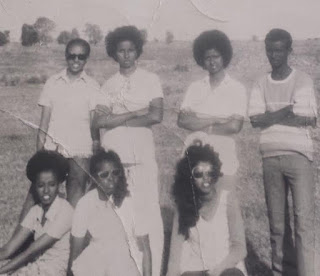 Visions of Queer Martyrdom and Oscar Wilde Prefigured: Queer Fashioning and British Caricature, 1750-1900 (both from University of Chicago Press).
Visions of Queer Martyrdom and Oscar Wilde Prefigured: Queer Fashioning and British Caricature, 1750-1900 (both from University of Chicago Press).Janes applied the “Page 99 Test” to Oscar Wilde Prefigured and reported the following:
Oscar Wilde Prefigured discusses the ways in which the appearance of men was regularly scrutinized for evidence of deviant sexual desires in the decades leading up to the trials of Oscar Wilde for gross indecency on the grounds that he regularly posed as a sodomite. This sometimes meant looking out for obvious effeminacy, but that was not always the case. Page 99 of the book is exemplary of this in that it argues that the fine figures of young military men were often examined with a peculiar mixture of suspicion and desire at the time of the Napoleonic wars. As it says on the page:Learn more about Oscar Wilde Prefigured at the University of Chicago Press.Suggestions surface that soldiers were sometimes picked and promoted because of their attractive appearance and they were sometimes depicted as imbecilic dollies as a result. These practices and caricature of them continued into the Victorian period, as can be seen from John Doyle’s The New Regulation Infantry Hat; Prince Albert's Own (c. 1843). The alleged sexual implications of wearing Albert’s design for a shako (a high military hat) are not made obvious as they were to be a century later when Men Only published Oh Sir, Spare a Copper (1936), in which a man wearing make-up addresses a red-faced sergeant and his baby-faced troop of constables. Yet the implication was very much present at the earlier time that young men who were dressed up in uniform by their superiors dangerously undermined their male autonomy because this rendered them objects of aesthetic spectacle.In other words what made a man a real man was not necessarily his apparently butch army uniform. This is not to say that Prince Albert, the husband of Queen Victoria at the time when the British Empire was at its height, was homosexual. But the fact that his name has been applied to a modern item of genital jewelry flags up that understanding the history of sexual desire involves thinking in ways that engage on an ongoing and critical basis with our contemporary expectations of sex lives in the past.
Writers Read: Dominic Janes.
--Marshal Zeringue























